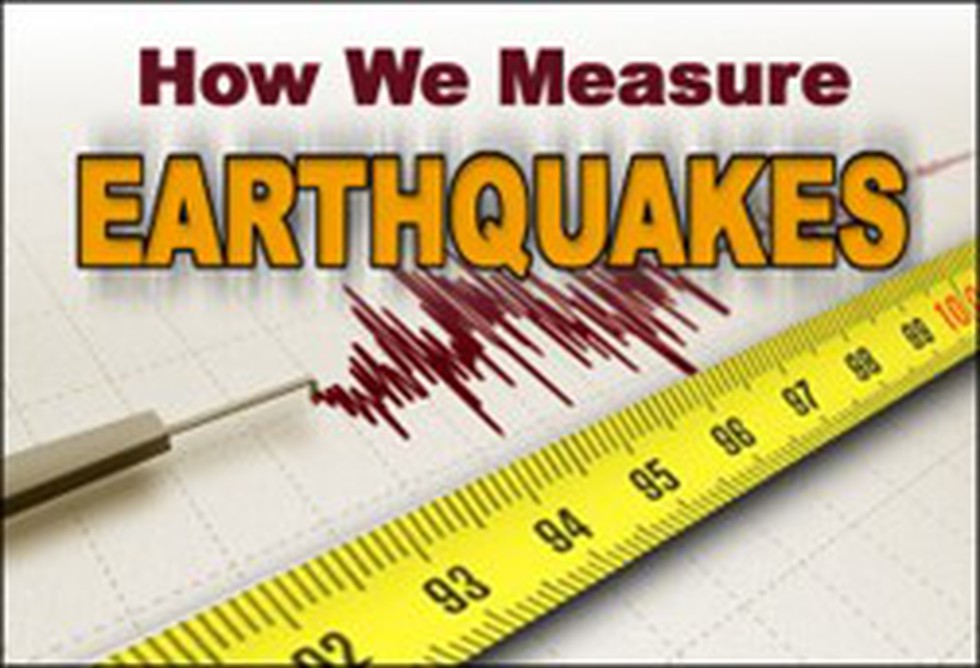About Moment Magnitude Scale:
- It is a logarithmic scale that measures the total amount of energy released by an earthquake.
- It is the only scale capable of reliably measuring the magnitudes of the largest, most destructive earthquakes (that is, greater than magnitude 8).
- It was developed in the 1970s by Japanese seismologist Hiroo Kanamoriand American seismologist Thomas C. Hanks.
- How is it calculated?
- The moment magnitude scale is based on the total moment release of the earthquake.
- Moment is a product of the distance a fault moved and the force required to move it.
- It is derived from modeling recordings of the earthquake at multiple stations.
- Moment magnitude estimates are about the same as Richter magnitudes for small to large earthquakes. But only the moment magnitude scale is capable of measuring M8 (read "magnitude 8") and greater events accurately.
What is the Richter scale?
- It was invented in 1935 by Charles F. Richteras a mathematical device to compare the size of earthquakes.
- The Richter scale is used to rate the magnitude of an earthquake, that is, the amount of energy released during an earthquake.
- The Richter scale is a base-10 logarithmic scale, meaning each order of magnitude is 10 times more intensive than the last one.
- It is most effective for regional earthquakes no greater than magnitude 5.
- How is it calculated?
- The Richter scale involves measuring the amplitude (height) of the largest recorded wave at a specific distance from the seismic source.
- Adjustments are included for the variation in the distance between the various seismographs and the epicenter of the earthquakes.
- The Richter scale doesn't measure quake damage.
